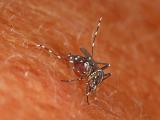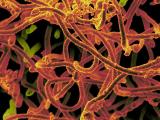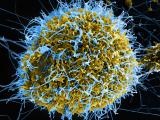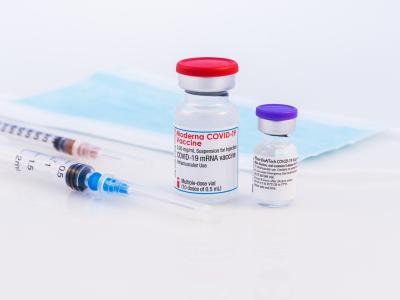Jul 7, 2006 (CIDRAP News) – Dengue fever in US travelers to tropical regions has registered a sharp upsurge, with as many cases in 2005 as in the previous 5 years combined, according to the Centers for Disease Control and Prevention.
A report in the Jun 30 issue of Morbidity and Mortality Weekly Report summarizes the 96 cases that were reported in 2005. An accompanying editorial note says that 98 cases were diagnosed in 1999 through 2004.
Among 199 travelers in 2005 whose clinical symptoms suggested dengue fever, 96 cases were confirmed on the basis of serum samples. Of the patients with confirmed cases, 17 (18%) were hospitalized, including 1 who died. The fatality occurred in a previously healthy 28-year-old woman who had spent a week in Mexico.
Of the 96 patients with dengue, 53 (55%) were female. Median age was 43 years for the 83 patients in whom age was reported. Travel destinations for the 2 weeks before disease onset were available for 73 patients; locations included Mexico (32), Central America (19), the Caribbean (16), and Asia (6).
The CDC's note says that incidences of dengue and dengue hemorrhagic fever are increasing in tropical areas of the world. They attribute the increase to waning support for mosquito-control programs, urbanization of the tropics, increasing human populations, and increased use of nonbiodegradable products that provide mosquito breeding areas.
People who travel to areas where dengue is endemic are warned to avoid exposure to mosquitoes by using repellents, wearing protective clothing, and remaining in well-screened or air-conditioned areas.
CDC notes that in terms of being widely representative of travel-related dengue, the current report findings are limited by probable underreporting of cases (dengue is not a nationally notifiable disease and surveillance is passive) and by the fact that travel history and clinical information were not available in all cases.
Dengue fever is a flu-like illness transmitted by certain special of Aedes mosquitoes. It involves headaches, rashes, cramps, and back and muscle pain. Dengue hemorrhagic fever, a potentially deadly complication, is characterized by high fever, bleeding manifestations, thrombocytopenia, increased vascular permeability, and in particularly severe cases, circulatory failure. There is no preventive vaccine available.
CDC. Travel-associated dengue—United States, 2005. MMWR 2006 Jun 30;55(25):700-2 [Full text]
See also:
CDC information on dengue fever and dengue hemorrhagic fever
http://www.cdc.gov/dengue/


















